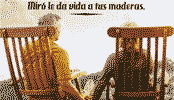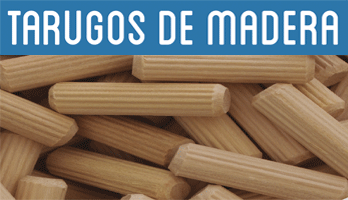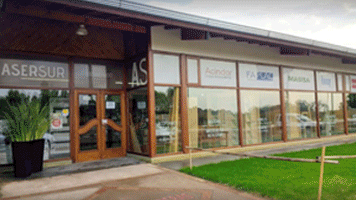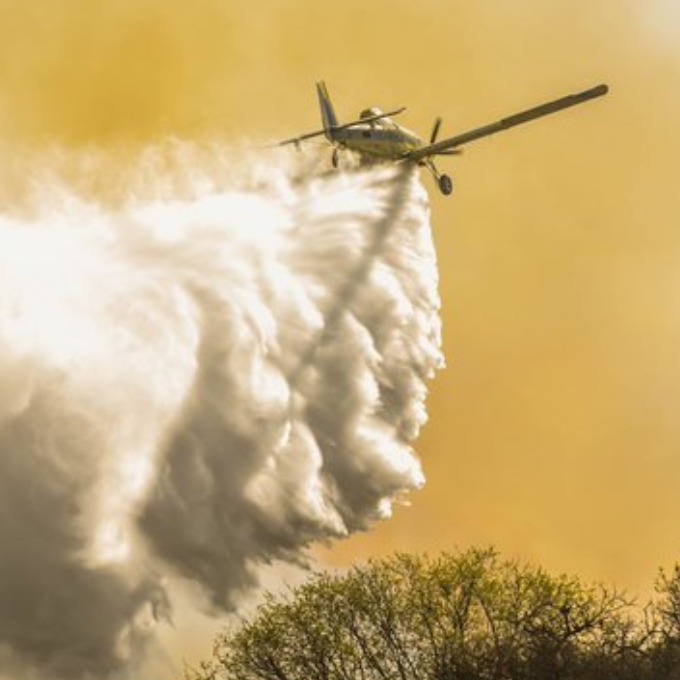
Córdoba | Neas fire management plan adds to the fight against fires with brigades, aerial and land media
Luis Chemes, director of the Provincial Fire Management Plan and the Base of PNMF NEA in Apostles, highlighted the complexity of the situation due to the topography and vegetation of the region of the Cordoba mountains. He also valued the importance of rapid attack and awareness and dissemination through the media about the problem. Through the National Fire Management Plan, the province of Misiones sent fifteen brigades and air and terrestrial media to Córdoba to help in the fight against forest fires that affect the region. This was confirmed by Luis Chemes, director of the Provincial Fire Management Plan, in dialogue with Misiones online.
The NEA regional, composed of missions, currents and between rivers, has its base in apostles and has aerial and land means provided by both the nation and the provinces. When any of the three provinces require help because they feel overwhelmed, the brigades of the National Fire Management Plan are attended, said the director, the fires in Córdoba have specific challenges due to the injured topography and the vegetation composed of grasslands , rocky land and hardwood shrubs. The situation becomes extremely critical because the wind becomes the dominant situation, he said. In addition, he stressed that fires affect populated areas, which further complicates extinction work. Before the situation in Córdoba, regional ones close to the province were first to work. Not being sufficient both personal and mechanical and aerial elements, the presence of other participants from other regional ones is required. The province provides three helicopters. Nation has a helicopter and hydrant plane and then we have countless forest vehicles adapted for the region, said Chemes. Despite this mobilization, the red earth maintains enough resources and personnel in its territory to respond to possible local emergencies. The director of the Plan Provincial Fire Management emphasized the importance of rapid attack in the fight against fires. The combo that occurs in that region and that we also have in Misiones, is low humidity, few rainfall, strong winds and accumulation of a lot of material, Both fine and thick. And that makes the component extremely complex, Chemes explained. It stressed that the fundamental premise is the rapid attack to prevent the fire from spreading. It is complex, I repeat, for the topography, for the type of vegetation, because they are populated places, this makes much more complex, sometimes one trying to defend one sector neglects the other and with the presence of the winds it is complicated and much. The last information we had began to control by sectors, not in the entire, by sectors. That does not mean that he is extinguished, he came to control, he said. Finally, Chemes thanked the dissemination of the information by the media, since he considers the awareness to prevent fires. Raising awareness and doing the work we all do, I think we can reach a good end. I do not say to completely eradicate the habit of enabling a floor to burn, but do all collections so that it does not happen to adults closed.
IT MAY INTEREST YOU
 Combilift Unveils the 2025 Christmas video “Twelve Days of Christmas” – with a Twist!
Combilift Unveils the 2025 Christmas video “Twelve Days of Christmas” – with a Twist!
Monaghan, Ireland – November 2025
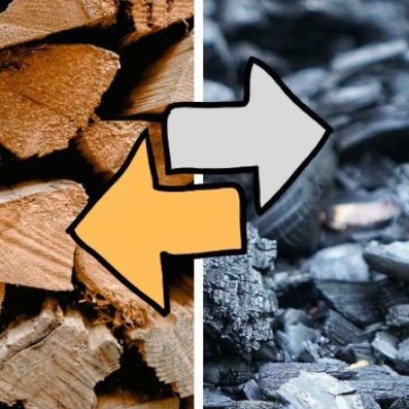 Canadian researchers make biochar from wood waste that rivals steel in strength
Canadian researchers make biochar from wood waste that rivals steel in strength
Researchers at the University of Toronto have developed monolithic biochar from wood that can reach an axial hardness of up to 2.25 GPa, similar to mild steel.
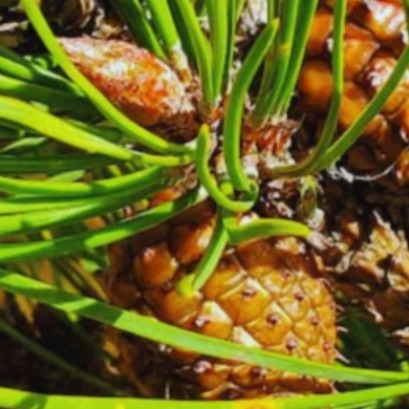 The DNA of forests: they discover what makes a tree resist drought
The DNA of forests: they discover what makes a tree resist drought
An international team, with the participation of INTA and Conicet, discovered that genetics can be decisive for trees to better resist droughts





